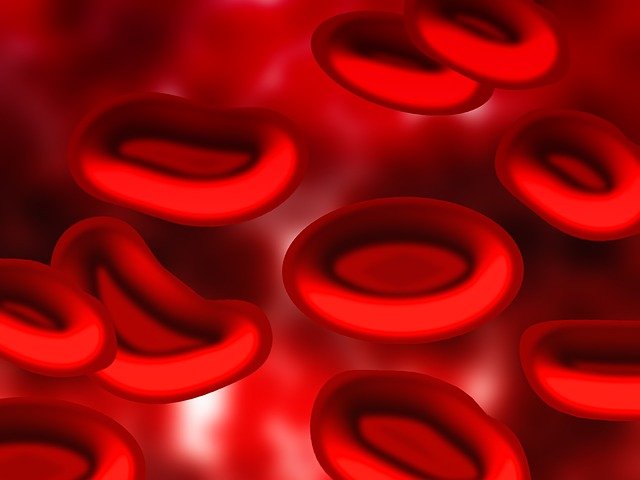The abnormal area on the skin requires medical attention to examine and diagnostic tests to detect melanoma. Melanoma is a skin cancer that can be metastatic and spread to other parts of the body. Following are the diagnostic tests for melanoma skin cancer:

Assessment of medical history and physical examination:
At the very beginning of the diagnosis, the doctor will ask about symptoms. Like, the skin abnormality first observed any apparent change of the size and appearance, presence of pain, itching, or bleeding.
Doctors also do risk factors assessment by evaluating the history of tanning, sunburns, family history of melanoma, or other types of skin cancer.
The doctor will check the size, shape, color, texture of skin abnormality. The site is having oozing, bleeding, or crusting symptoms. The doctor may check other parts of the body to find out the presence of moles, spots, or other skin conditions related to skin cancer.
The spreading of melanoma often causes the enlargement of adjoining lymph nodes. Therefore, the doctor may try to palpable the lymph nodes present in the neck, groin, underarm, abdominal area, etc.
If the doctor has suspected melanoma from the initial physical assessments, then he/she will refer the patient to the dermatologist. The dermatologist has a specialization in skin diseases for closer clinical monitoring. The dermatologist uses dermoscopy to check the skin spots.
Skin biopsy
In case of doctor suspects the skin lesion might be melanoma and then a skin biopsy is ordered. A small portion of skin tissue is removed from the suspected area for microscopic analysis in a skin biopsy.
Clinically various methods are available to do a skin biopsy. The doctor will select the method depending upon the size and site of the affected area along with measuring other factors.
The aim to perform biopsy without considering the type of method is to remove as much as possible the affected tissue to avoid an ambiguous diagnostic report. In a skin biopsy, at least a small scar remains at the site. Patients need to discuss with the doctor related to scarring.
Local anesthetic is used during skin biopsies. The medicine is injected at the area where skin biopsy is performed by using a small needle. Patients will feel the needle prick and the vicious due to the medicine injected. But after that, no pain can be felt during the biopsy.
Some of the biopsy techniques are
- Shave biopsy (tangential biopsy): In this process, the top layer of the affected skin shaves off with a small surgical blade. This biopsy has a low chance to detect melanoma, but useful for mole sampling and detection of other types of skin disease.
- A punch biopsy is another technique in which a tiny round cookie cutter type of instrument uses to remove deeper tissue of skin sample.
- Excisional and incisional biopsies are used to detect tumor growth in the deeper layers of the skin. An excisional biopsy is used for removing the entire tumor. An incisional biopsy is used for the removal of a portion of the tumor.
- “Optical” biopsies like reflectance confocal microscopy (RCM) are used as a novel technique to remove the skin sample without using a needle.
- Fine needle aspiration (FNA) biopsy is specifically used for suspicious moles or large-sized melanoma that has a scope to spread to other lymph nodes.
- Sentinel lymph node biopsy is performed if the melanoma spread to adjoining lymph nodes.
References:
https://www.cancer.org/cancer/melanoma-skin-cancer/detection-diagnosis-staging/how-diagnosed.html
